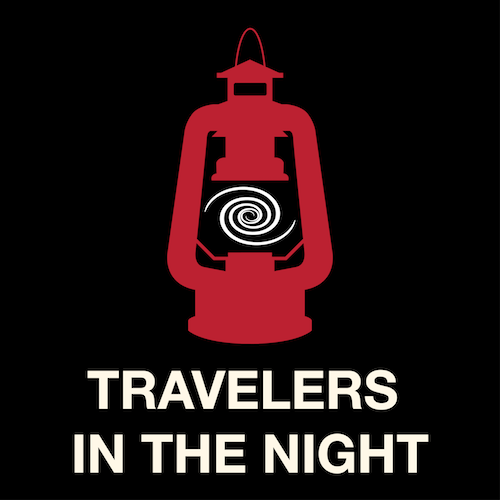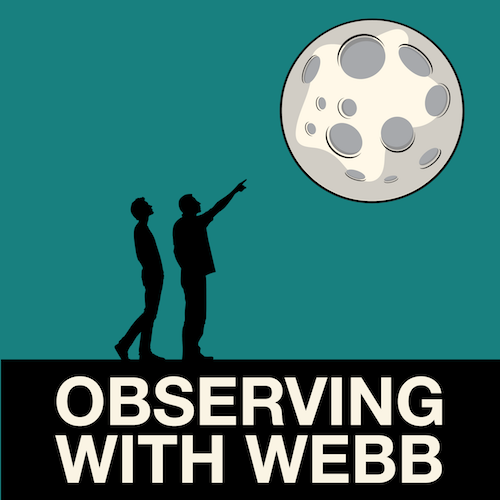Today’s Travelers in the Night discuss about the alien space rock that visit Solar System, and the possible reason we haven’t detected alien civilizations


Today’s Travelers in the Night discuss about the alien space rock that visit Solar System, and the possible reason we haven’t detected alien civilizations

Galaxies grow through mergers with other galaxies. Using the Dark Energy Spectroscopic Instrument (DESI) astronomers have studied the merger history of the Andromeda Galaxy for the first time. So today we will learn about the immigration history of the Andromeda Galaxy.

A ninth-magnitude star in our neighborhood of the Milky Way has been found to contain 65 different elements, including large proportions of heavier elements like gold. This star required either a supernova or a neutron star merger to form.


How likely is a space way-station like Deep Space 9? Are there still plans for a crewed asteroid mission?

What are the advantages of robotic exploration of the solar system? What are the limitations? Is there any situation where human exploration is better?

Ice is ice, right? You know, what you get when water freezes. Well, maybe here on Earth. But it can have different structures in the Universe. More about different forms of ice on today’s @AstronomyCast at #365DaysOfAstro

To survive on Venus where the temperature and air pressure are high, engineers are exploring the concept of fully mechanical rover. And also Earth’s pet space rock, 2016 HO3. All at #365daysOfAstro

Venus shines bright all month, Mercury makes a 3 week appearance, Mars hangs out with Gemini, Saturn continues its morning planet season, and the Lyrids have excellent observing conditions.

Space is the worst. It’s got hostile radiation, a total lack of atmosphere, near absolute zero temperatures, problematic gravity wells, and worse. So how to get enough power in space?